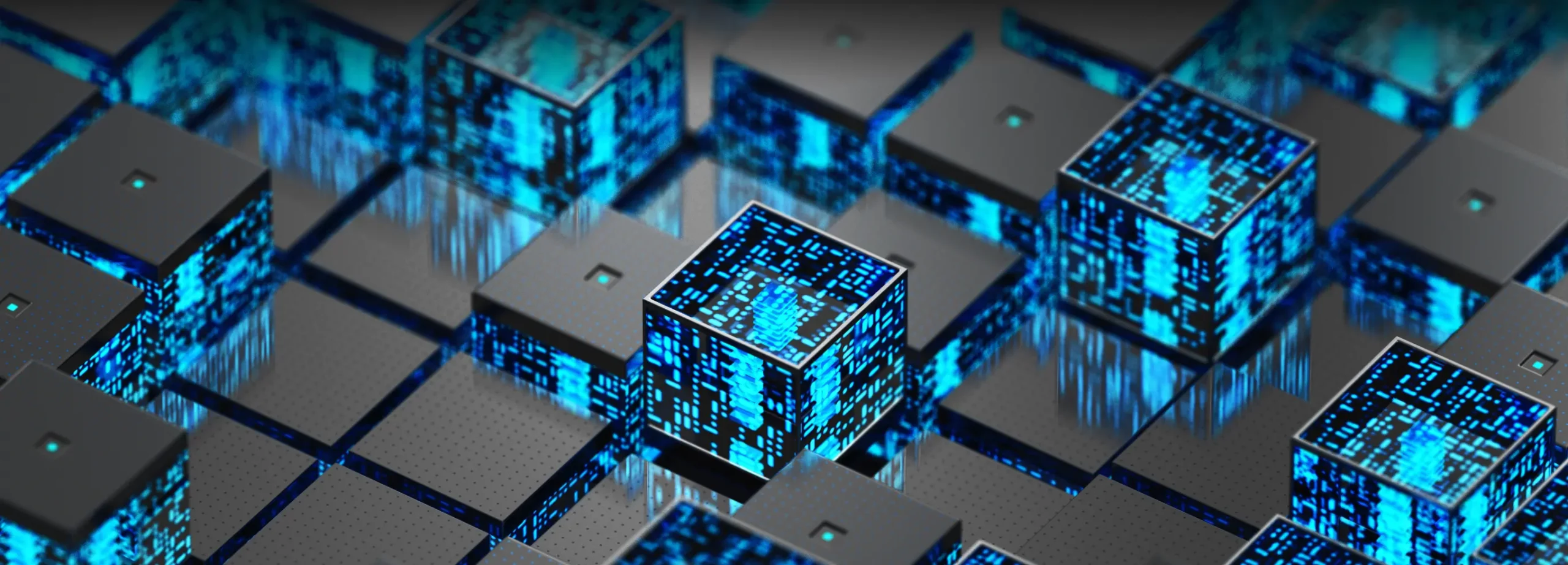IoT is redefining Healthcare. Look around and you will find people with smart devices that track their every move, calculate their intake, and give them trends on this data.
Primitively caregivers and hospitals were using telemetry to remotely gather data for improving patient care. The primary aim of preventive healthcare was to deliver personalized care, improve patient care without spending a huge amount of money.
The Internet of Medical Things (IoMT) is driving the future of the healthcare industry. It can bring better outcomes; improve efficiency and make healthcare more affordable, as caretakers are increasingly resorting to more self-care due to increased awareness. To achieve this, healthcare providers must make use of the latest technology in a more systematic way.
The Scope of IoT is Getting Bigger and Better in:
- Preventive healthcare: by use of wearables.
- Patient tracking: in monitoring patient movement and health analysis.
- Geriatric care: in tracking senior citizens which is a large market for IoT and medical devices.
- Real-time location tracking: in tracking medical devices, people, and asset movement.
It is predicted that the revenue from smart wearables will increase to around $22.9 billion by the end of 2020. Experts from P&S Market research expect that the Internet of Things industry will grow at a compound annual growth rate (CAGR) of 37.6% between 2015 and 2020.
Wearables for Preventive Health Analysis
Imagine a wearable is used for preventive health analysis. The term wearable in health parlance should not be restricted to just fitness tracking devices worn in the wrist that is used to monitor personal health.
The term wearables should go beyond the tracking of physical activities. It could be used as a communication device or it could even be a device that interacts with other devices like an Apple watch. It could be a device in the body, on the body or near the body like a medical app that helps track personal health;
Some of the leading medical apps that are already disrupting the healthcare market are:
- Philips’ Medication Dispensing Service
- Boiron Medicine Finder App
- Future Path Medical’s Urosens
Digital Hospitals Making a Headway
The Healthcare industry is increasingly leveraging modern technology and digital hospitals are making headway such as the Humber River Hospital in Toronto Canada and the Medical Center at Mission Bay San Francisco. Innovative approaches towards engaging robots in the radiology and other departments are also disrupting the way healthcare is delivered.
Deakin University Australia, in partnership with Telstra Australia, has developed haptics-enabled robots that can perform ultrasound diagnostics remotely. This means the patient need not be in the same place as the sonographer conducting the ultrasound.
IoMT for Improved Healthcare
There are over 97,000 mobile healthcare apps as of 2019 and the mHealth app marketplace is expected to grow 15 times faster, according to a survey. Another survey indicates that users prefer digital services to communicate with doctors, monitor health, and collaborate with caregivers with ease.
Final Thoughts
IoT is clearly here to stay. With the cost of Hardware coming down, there’s no dearth in demand for wearables as this space is just short of an explosion, especially, in the mature markets.
IoT devices and apps are helping healthcare professionals in providing better care for their patients. There is definitely much scope for advancement for IoT in the healthcare sector.
Looking to leverage IoT technology for a healthcare solution? Kindly Contact Us here.










